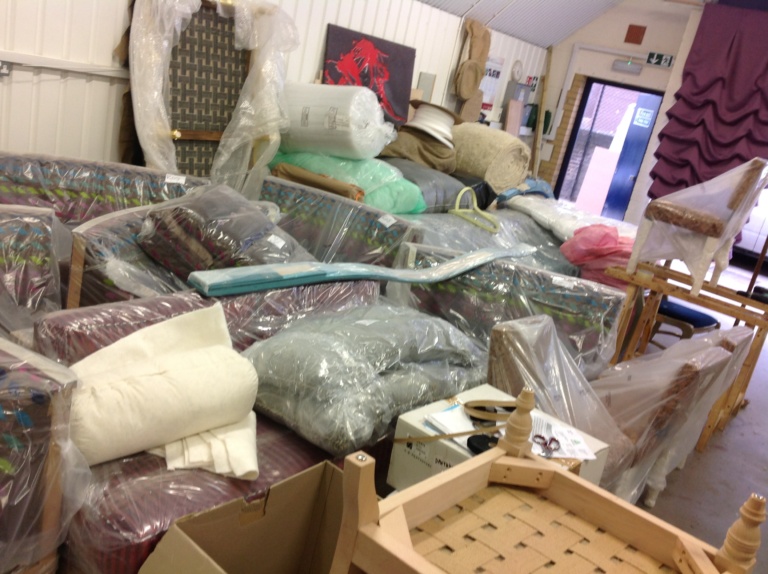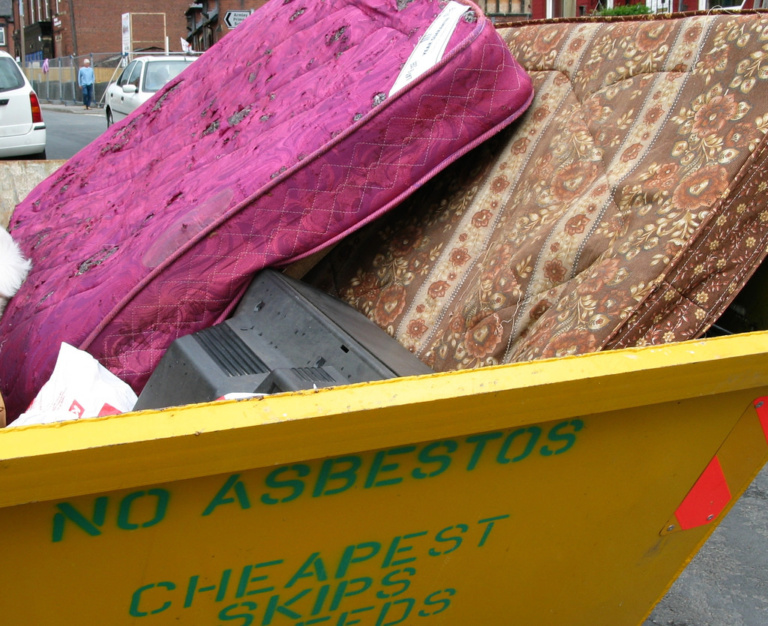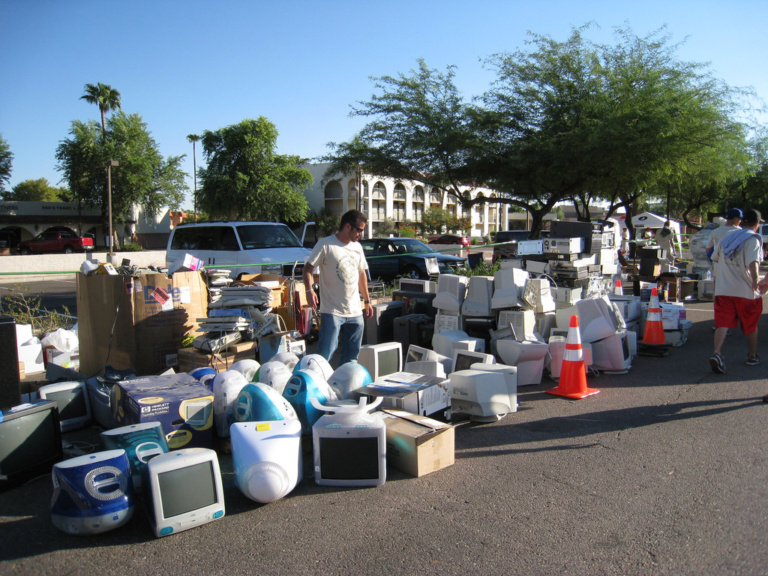Handling Building Demolition, Construction, and Repair Wastes
If your Vancouver property is undergoing demolition, construction, or renovation, there is a lot to think about: how long would it take, the problems that may come up, the mess, and so on.
Properly clearing up debris after a building construction or demolition is just as important as the success of the construction project itself.
If you have Vancouver professional garbage removal services to haul the mess after a renovation or demolition job, you would not have to worry about proper handling of the debris. Most rubbish removal companies deal with every little detail – from drywall disposal to concrete recycling in Vancouver.
However, if you are planning to take care of the rubbish after a construction or demolition yourself, you can do that, too. Before you finally decide on whether you would handle the mess with no professional help, though, you have to be aware of the community regulations when it comes to disposal of construction waste.
For an instance, you can send construction wastes such as metal window frames, cement based stucco, and concrete for recycling. Vancouver government has designated stations where you can drop off these types of wastes.
And there are certain guidelines too when it comes to specific kinds of recyclable wastes from demolition, renovation, and/or construction. For example, concrete recycling in Vancouver area calls for different handling – depending on the amount of concrete you have to get rid of. You can leave up to a maximum of 500 liters of concrete at the transfer station. But, for anything more than that amount, you could get in touch with the Vancouver Landfill or the RCBC Recycling Hotline for assistance.
Aside from construction or demolition rubbish that could be recycled, there are also waste types that may be classified as salvageable. Salvageable construction wastes are the construction debris that could be reused instead of recycled. Interior doors and door frames, lighting fixtures, and plumbing fittings fall into this category.
Prior to removing construction wastes and dropping them off at transfer stations or landfills, first you must make sure that they are clean. In order to prevent the construction debris from accumulating more dirt from the construction, see to it that you store it in a place where it would be safe from damages as well as dirt.
You want to be mindful of the construction or demolition waste that is not allowed to be sent to landfills, too, just like drywall and wood preserved using creosote. Hazardous wastes from construction jobs are not allowed either.




